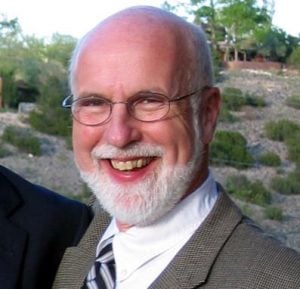
Name of Institution:
Washington University School of Medicine, St. Louis, MO
Project Title:
Mapping Alpha-Synuclein fibril Formation by Novel Biophysical Methods.
Investigator:
Michael L. Gross, PhD, Professor of Chemistry, Immunology, Medicine
Dr. Gross obtained his PhD from the Department of Chemistry, University of Minnesota and trained as postdoctoral fellow in Chemistry at the University of Pennsylvania and at Purdue University. He is a mass spectrometrist, with current research interests in structural proteomics. His main goal is to develop mass spectrometric methods to understand interactions between proteins and ligands, proteins and proteins, and protein folding using a general approach known as “protein footprinting”. His lab then applies synergistically these method developments to problems in protein chemistry, including amyloid forming proteins. He will be assisted in this research by Dr. Eva Illes-Toth.
Research Objectives and Relevance to Diagnosis/Treatment of PD:
Biophysical properties of alpha-synuclein (α-synuclein) are critical to unlocking its key properties that give rise to fibril formation associated with Parkinson’s disease. These studies require us to build and refine our approaches to unravel the aggregation pathways of this key culprit by means of protein footprinting, using either reversible labeling (Hydrogen Deuterium Exchange Mass Spectrometry (HDX-MS) or irreversible modifications by oxidative radicals (Fast Photochemical Oxidation of Proteins (FPOP) to track the misfolding.
Our objective is to leverage these techniques to uncover conformational hotspots of α-synuclein and other amyloids at regional-, peptide- and residue levels and test the effects of small molecules or potential inhibitors of misfolding (drug candidates). Notably, protein footprinting combined with mass spectrometry has the capability of providing kinetic information over the time course of aggregation and can complement high resolution NMR, fluorescence spectroscopy and single-molecule imaging studies. We will use structural mass spectrometry to obtain fresh insights into the mechanisms of α-synuclein self-assembly and to characterize modulators of α-synuclein, building a foundation for targeted therapeutic strategies.
